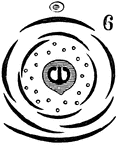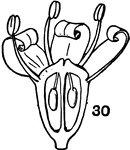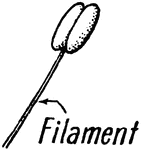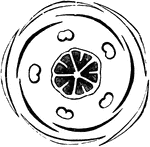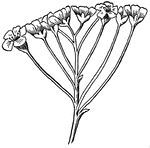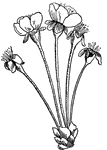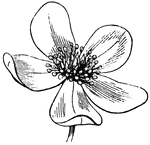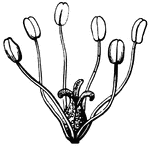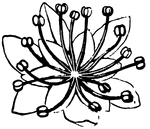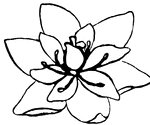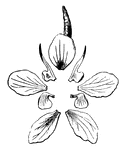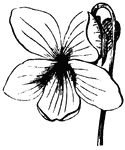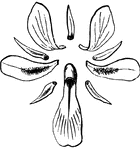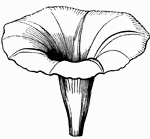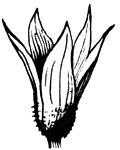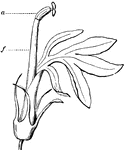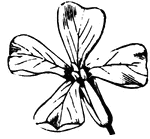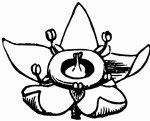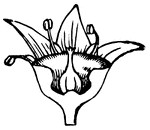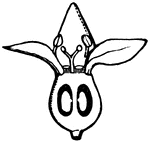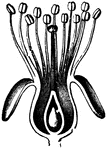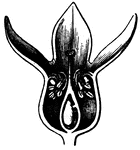The Flower Anatomy ClipArt gallery includes 418 illustrations of the parts of a flower.

Datura Stramonium
Upper part of corolla of Datura Stramonium in the bud; and below a section showing the convolution of…
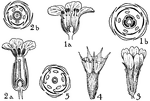
Orders of Diapensiaceae, Primulaceae, and Plumbaginaceae
Pictured are flowers of the orders diapensiaceae, primulaceae, and plumbaginaceae. The flowers of these…
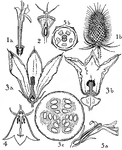
Orders of Dispsacaceae, Cucurbitaceae, and Campanulaceae
Pictured are flowers of the orders dipsacaceae, cucurbitaceae, and campanulaceae. The flowers illustrated…
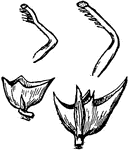
Dolichos Calyx and Styles
Illustrated are calyx cups and styles of dolichos, (1) dolichos lignosus, and (2) dolichos lablab.
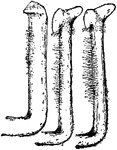
Dolichos Styles
Illustrated are three different types of styles of dolichos. From left to right: D. lablab, vigna sinensis,…
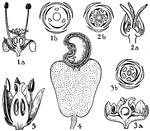
Orders of Empetraceae, Coriariaceae, Anacaridaceae, and Cyrillaceae
The orders pictured are empetraceae, coriariaceae, anacaridaceae, and cyrillaceae. The flowers of these…

Orders of Erythroxylaceae, Zygophyllaceae, and Rutaceae
Pictured are the orders of erythroxylaceae, zygophyllaceae, and rutaceae. The flowers of these orders…
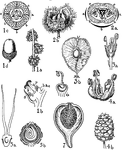
Fagaceae, Ulmaceae, and Moraceae Orders
Shown are the orders of Fagaceae, Ulmaceae, and Moraceae. Illustrated are various flowers and flower…
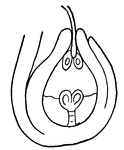
Fertilization (Flower)
This illustration shows the fertilization of a flower, by means of a pollen tube entering a micropyle,…

Fertilization (Flower)
This illustration shows fertilization of a flower, by means of pollen falling from stamens (male organ)…
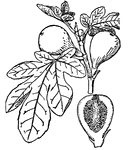
Fig
Any plant belonging to the genus Ficus is a fig. They are widely distributed in warm climates. Some…

Cross Section of Ovary of Flower of Gooseberry and Potato
A shows the cross section of the ovary of the gooseberry flower is formed by two carpels joined near…

Cross Section of Ovary of Flower of Iris
The cross section of the ovary of the iris flower shows three carpels joined at center into a mass.…

Flower Parts
"The parts of the flower. cal, calyx; cor, corolla; st, stamens; p, pistil." -Bergen, 1896
Flower Parts
"Diagram to show the essential parts of a "flowering" plant. t.r., tap-root; cot. seed-leaf (cotyledon);…
